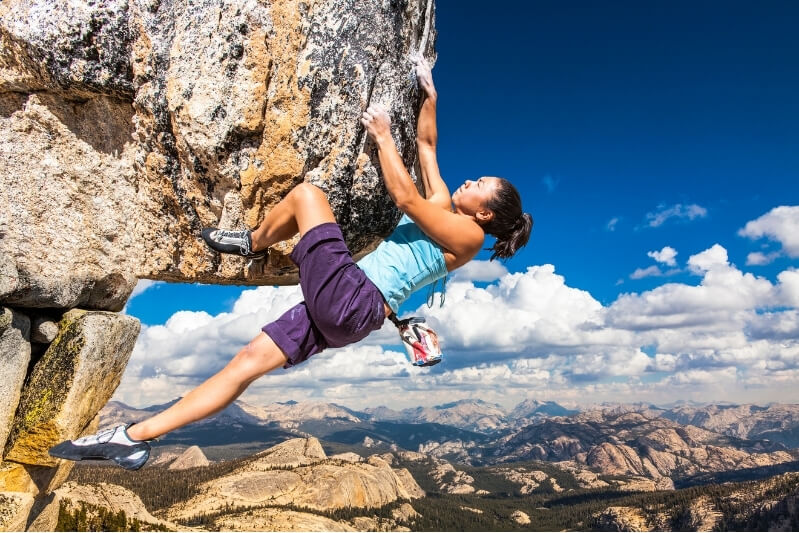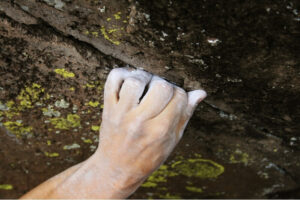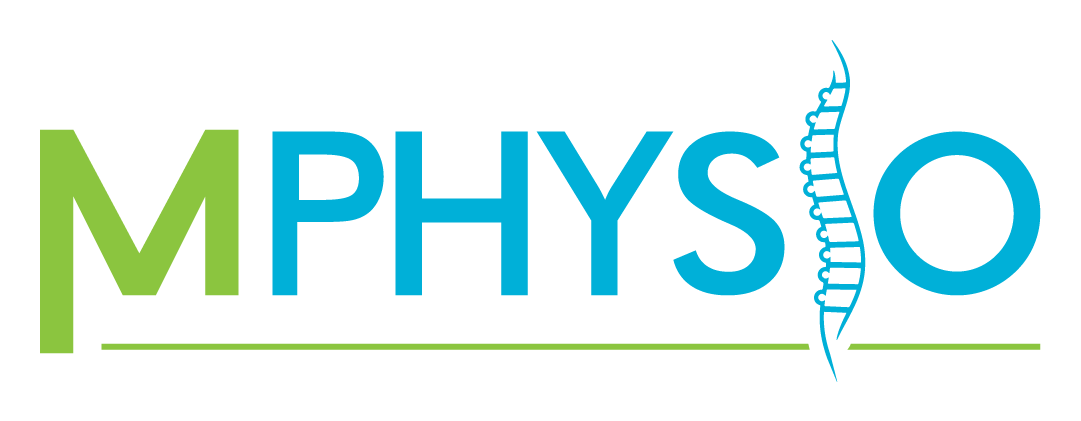Blog, Physiotherapy
Pulley Injuries in Rock Climbers and Physiotherapy Management

Pulley injuries, especially prevalent among rock climbers, are one such area where physiotherapy proves indispensable.
My name is Mattias McAndrew, Senior Physiotherapist at M Physio in Spring Hill, Brisbane, and an avid rock climber.
With a physiotherapy career spanning over eight years and a further decade of experience in exercise prescription, I have a solid understanding of how tailored rehabilitation programs can aid recovery and prevent injury recurrence.
What Are Pulley Injuries?
Pulley injuries occur when the ligaments responsible for keeping finger tendons close to the bone—particularly the A2 pulley—become overstressed or rupture. These injuries are common among climbers, as the forces exerted during activities like crimping place immense strain on the finger structures. Symptoms include pain, swelling, loss of grip strength, and in severe cases, visible “bowstringing” of the tendon (retrieved from Hand and Wrist Institute).
Why Do Pulley Injuries Matter?
A single pulley injury can limit a climber’s ability to perform at their peak, delaying progress and increasing the risk of further injuries. Without proper care, these injuries can lead to chronic dysfunction, affecting daily activities and sporting performance (retrieved from Grassroots Physical Therapy).
Physiotherapy Interventions
Effective management of pulley injuries involves targeted rehabilitation programs tailored to the severity of the injury:
1. Acute Phase Management
- Rest and Immobilisation: Protect the injured pulley with taping or splinting to prevent further damage.
- Pain Management: Use ice and anti-inflammatory measures to reduce swelling and promote healing (Hand and Wrist Institute).
2. Rehabilitation Phase
- Strengthening: Gradually reintroduce climbing-specific exercises, focusing on finger flexion and grip.
- Functional Training: Incorporate progressive loading exercises, such as grip variations, under professional supervision (Grassroots Physical Therapy).
3. Prevention Strategies
- Modify Technique: Avoid the “full crimp” grip when possible and adopt an open-hand grip.
- Antagonist Muscle Training: Strengthen opposing muscles to support finger stability and reduce stress on the pulleys (Vagy).
The Role of Physiotherapy
Physiotherapy is integral to recovery and prevention.
A comprehensive physiotherapy plan addresses:
Manual Therapy: To alleviate stiffness and promote tendon mobility.
Education: Equipping climbers with knowledge about injury mechanics and prevention.
Monitoring Progress: Ensuring safe reintegration into climbing activities with appropriate progression of load (Hand and Wrist Institute; Grassroots Physical Therapy).
Taking Action
Pulley injuries don’t have to keep you off the cliffs, boulders or climbing walls for long.
Here’s how to stay proactive:
Rest Smart: Avoid climbing until the injury has sufficiently healed.
Seek Professional Guidance: Engage with a physiotherapist for a structured rehabilitation program.
Stay Informed: Educate yourself about proper climbing techniques and finger care.
At M Physio, we are committed to helping climbers recover stronger and safer. If you’ve experienced a finger injury, book an appointment with us today to get started on your path to recovery.
 |
Written By:
Mattias McAndrew (Head Physiotherapist) Bachelor of Physiotherapy (Hons) |
References
Grassroots Physical Therapy. (n.d.). Pulley injuries explained. Retrieved from https://www.grassrootsphysicaltherapy.com
Hand and Wrist Institute. (n.d.). A2 pulley injury causes, symptoms, and treatment. Retrieved from https://www.handandwristinstitute.com
Vagy, C. (n.d.). Rock climbing pulley injury rehabilitation. The Climbing Doctor. Retrieved from https://www.theclimbingdoctor.com



